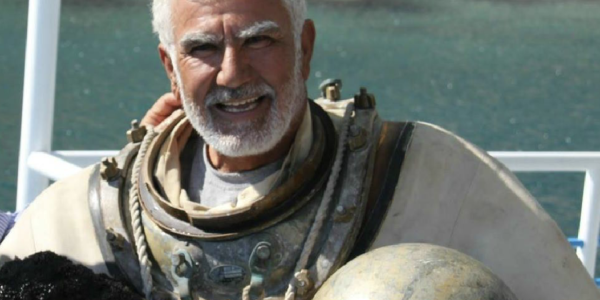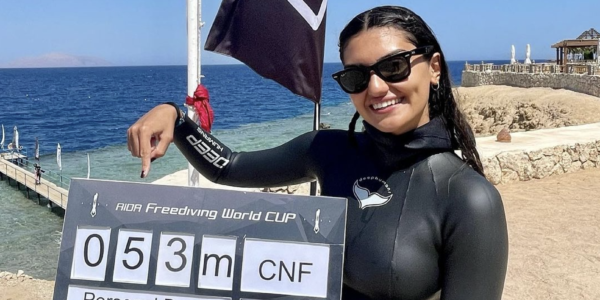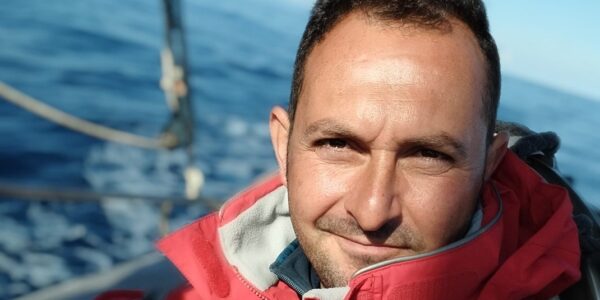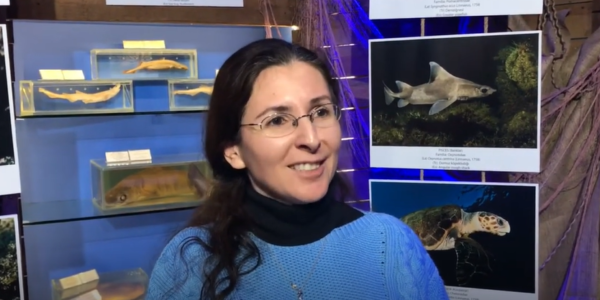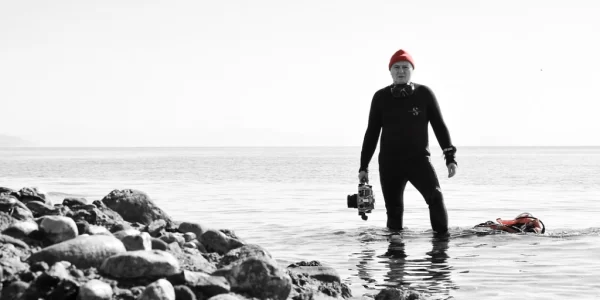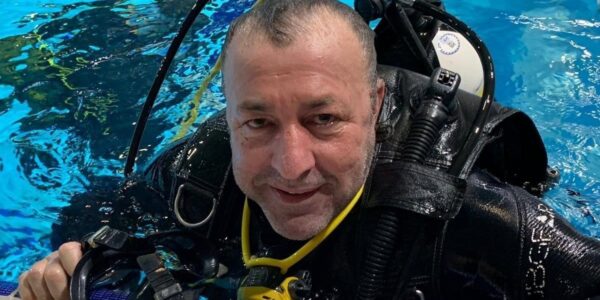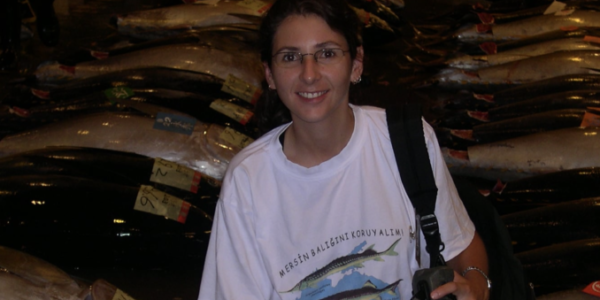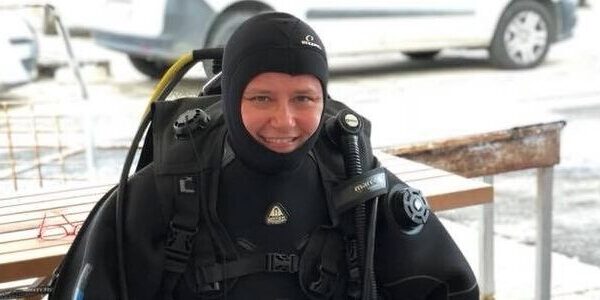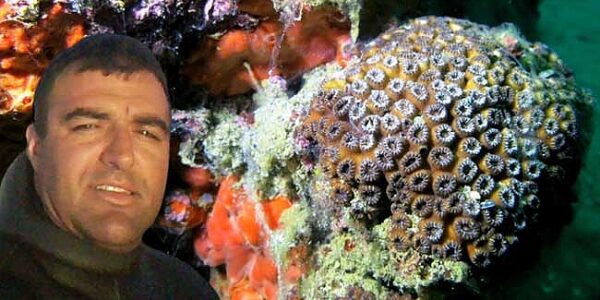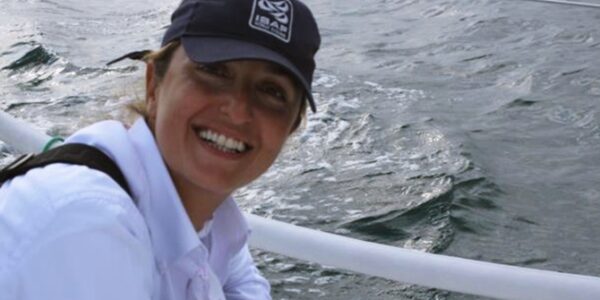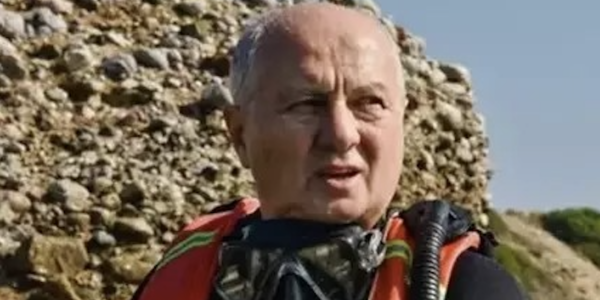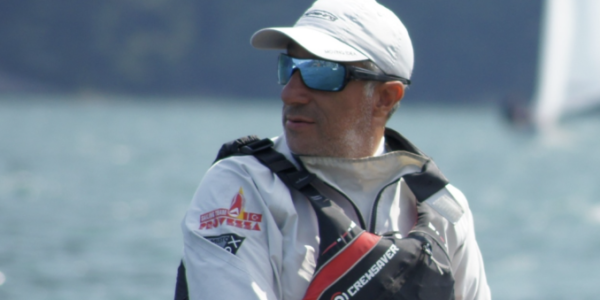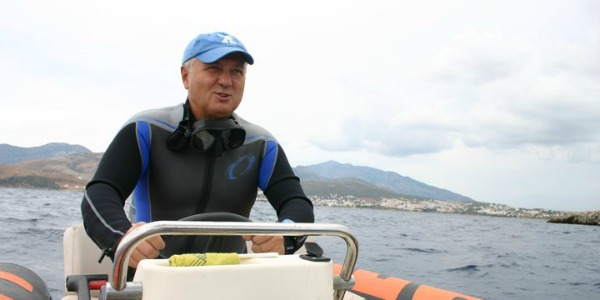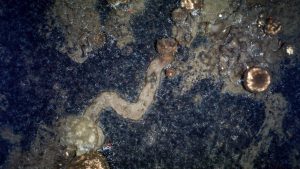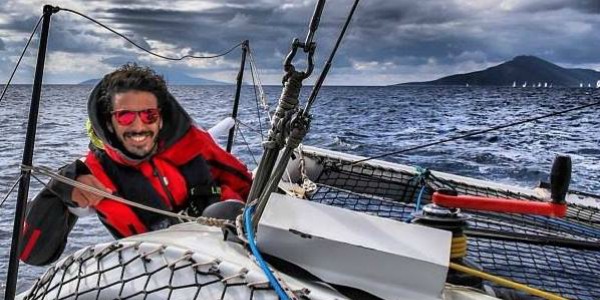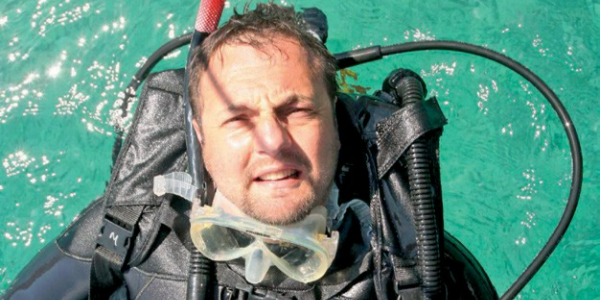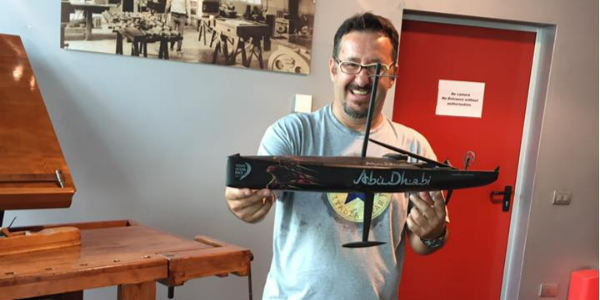By Nikk Ogasa
Sea sponges don’t move, or so many scientists believed. But researchers report today in Current Biology that deep in the Arctic Sea sponges do creep, and they sacrifice pieces of their own bodies to do so.
During an Arctic expedition, scientists aboard the icebreaker Polarstern surveyed an underwater mountain ridge, using a boat-towed camera and a remote-controlled aquatic vehicle. At depths between 1000 and 580 meters, beyond the reach of sunlight, the researchers observed a thriving community of sponges. They also found snaking trails of spicules—fragments of the sponge skeleton—connected to many of the creatures.
The researchers ruled out gravity and currents as likely sponge-moving forces because many of the animals were plopped on the uphill ends of these trails, and because the site lacked evidence of strong flows. Instead, the sponges are moving on their own, the team concludes.
The scientists believe the sponges sink their spicules into the ground and pull on them to haul their bodies forward. As the animals move ahead, the embedded spicules rip off their bodies, and a trail of skeletal fragments and fleshy bits forms behind. (You can see a zig-zagging spicule trail in the image above.) Laboratory experiments had shown some sponges were capable of this behavior, but no one had found evidence in the wild.
As for why the animals are crawling around in the first place, the researchers think it’s a way to scavenge for food in the nutrient-scarce polar depths. Another possibility is that the sponges move to disperse their offspring, or that they build spicule trails to provide sponge larvae with surfaces to settle on.
Source: https://www.sciencemag.org/
